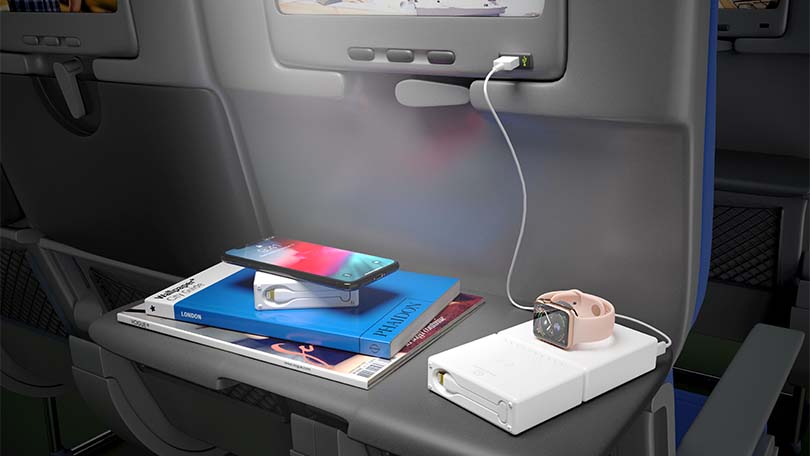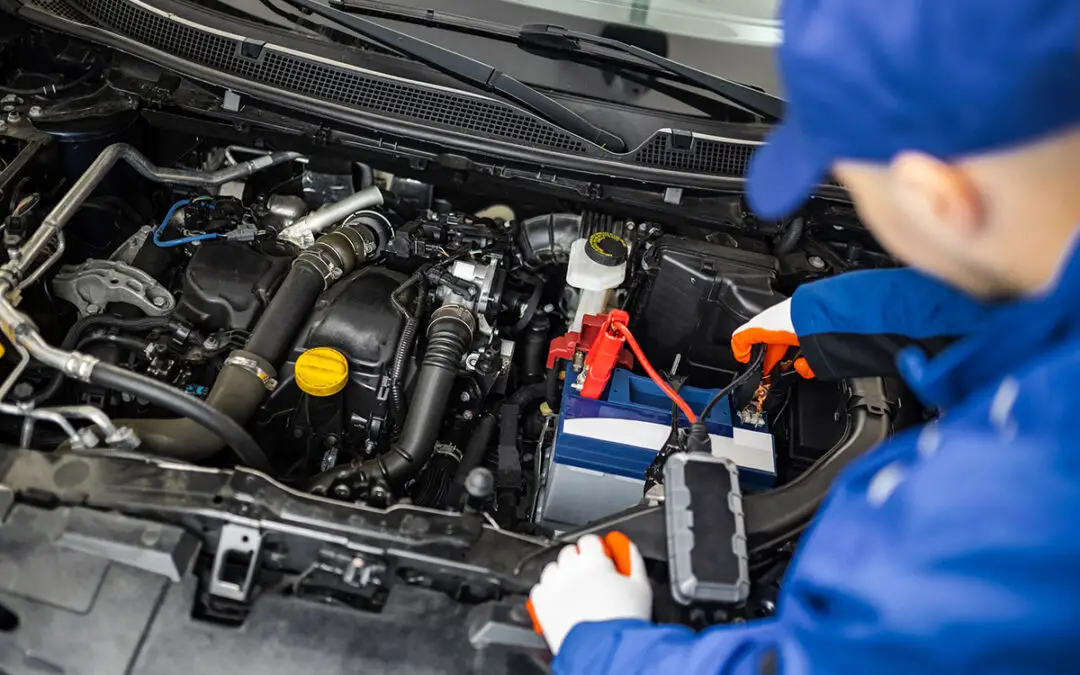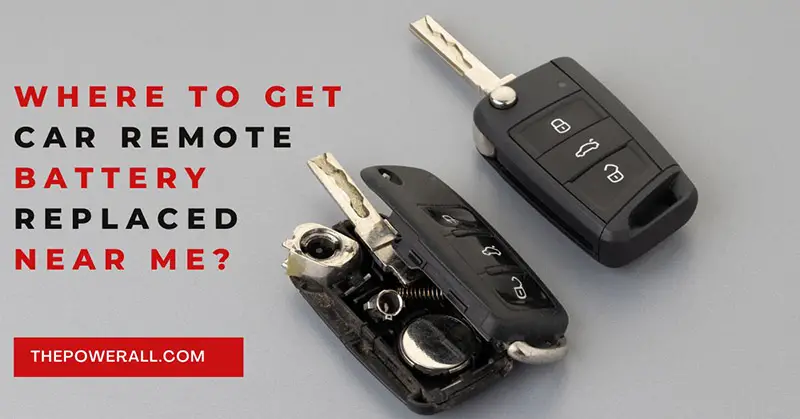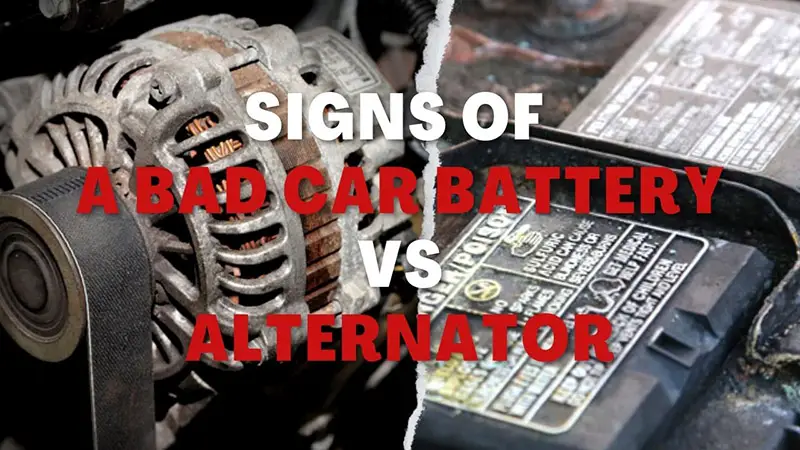When it comes to flying, many items that were previously allowed to be carried on are now banned and must be checked in. Some countries no longer allow tablets or laptops but still allow customers to use mobile phones on flights to the US or UK.
But what about the phone’s battery? Do your electronic devices last long enough for a long flight? It’s definitely not.
Can You Bring A Portable Charger On A Plane?
Many regular products have been banned or restricted by the Transportation Security Administration (TSA), making it difficult to determine what is and is not allowed.
As for portable chargers, the answer is Yes, you can bring them on board, but there are caveats about their capacity and where they must be stored.
The TSA And FAA battery bank rules
The Transportation Security Administration (TSA) and the Federal Aviation Administration (FAA) are the regulators deciding whether products, such as portable chargers and other batteries, are allowed to carry on the plane. These are the principles they follow:
Maximum Capacity Allowed
What size portable charger can I take on a plane? The FAA is very detailed about bringing extra batteries on board that any batteries you bring on board must be under 100Wh. The external charger and power reserve, and the biggest portable battery allowed on the plane are 27000mAh or 100Wh.
Additionally, batteries with capacities between 101Wh and 160Wh must be pre-approved by airlines, and batteries with more than 160Wh are prohibited from being carried on board.
Maximum Amount Allowed
The TSA and FAA do not place clear limits on the number of spare batteries below 100Wh you can carry with you. However, they stipulate that all batteries must be reserved for personal use and do not accept the carriage of spare batteries by air to resell later.
Storage
When it comes to TSA regulations on power banks, they can be accepted in carry-on baggage but not checked bags. This ban is in place because power banks are potentially dangerous and contain fire hazards, explosives, and even the potential to explode in flight.
Due to the availability of fire extinguishers in the cabin, it is easier for crew members to put out fires there than in the cargo area.
If you pack a spare battery pack in your checked baggage, you may be asked to remove it later, or worse, airport security may seize and confiscate it. You wouldn’t want any of this to happen, so make sure yours are in your carry-on.
It is important to store portable batteries to shield them from possible short circuits. Retail packages are an effective way to pack spare batteries.
If the battery pack is missing, the connectors must be taped back and the power pack placed in a carrying case, plastic bag, or protective bag. Ensure that they cannot be activated accidentally.
Some passengers were unsure whether the devices’ spare batteries were called lithium-ion batteries. On the other hand, the backup battery is classified as “UN3480, Lithium-ion batteries” by the US TSA Pipeline and Hazardous Materials Security Administration. Therefore, they must be stored and transported appropriately.
Power Output Indicator
Although it is not usually stated in official airline policies and rules, you must remember that power banks must display power output in compliance with safety regulations.
Carrying the original packaging box with you can be helpful if your portable charger does not manifest power output directly on the charger body.
Airport security may confiscate it when the electrical output is not labeled. Then, if you want to get on the plane, you must give up your backup power before going through security.
Therefore, you should double-check your airplane power bank limit and the regulations of a particular airline and airport. A quick phone call or short email can save you a lot of hassle at the airport.
International Airports And Non-Us Airlines Regulations
When flying in Asian or European countries, aviation rules may differ from those in the United States. While backup batteries with capacities up to 160Wh are generally allowed, some international airlines may impose a 100Wh limit. Therefore, before you fly or before booking, you should check the restrictions of those airlines and airports in advance.
According to the International Air Transport Association (IATA) document on “airline passengers carrying lithium batteries”, published in February 2019, energy storage batteries that are considered backup batteries must be protected against damage. They may only be carried in carry-on baggage, regardless of size.
In addition, without prior consent, each passenger is limited to 20 spare batteries of any type, provided that their capacity is less than or equivalent to 100Wh. Transport of more than 20 batteries may require operator approval beforehand.
With backup batteries from 100 to 160Wh, passengers are allowed to bring up to 2 pieces and must be kept in hand luggage. Carriers of spare batteries with a capacity greater than 160Wh must be prepared to transport them in their cargo, according to Dangerous Goods Regulations of IAIA, 60th Edition (DGR).Wh rating or lithium metal content Configuration Carry-on baggage Checked baggage Operator approval ≤ 100 Wh / 2g Is equipment (PED or PMED) Yes ( Max 15 PED/PMED’) Yes No spare battery (ies) Yes (Max 20 spare batteries) No No >100 to ≤ 160 Wh Is equipment (PED or PMED) Yes Yes Yes spare battery (ies) Yes (Max 2 spare batteries) No Yes >160 Wh Must be prepared and carried as cargo in accordance with the IATA Dangerous Goods Regulations >2g ≤ 8g Is equipment (PMED only) Yes Yes Yes spare batteries for PMED Yes (Max 2 spare batteries) No Yes
Pre-flight Checklist
Going through all of these checklists may seem like a waste of time and effort at first, but they won’t take much time and can even make your flight easier:
- Make sure that the power of your power bank does not exceed 100Wh.
- Before boarding, ask permission if your power bank has a capacity of 100Wh to 160Wh.
- Do not bring more than 20 batteries with a capacity of less than 100Wh and two batteries with a capacity of 100 to 160Wh (for international airports).
- Check whether there is an output power indicator on the body of your device.
- Put spare batteries inside your carry-on baggage, not checked baggage.
- Keep spare batteries in their original box, packaging, handbag, or battery bag to prevent accidental drops.
- Make sure that the backup battery pack cannot be switched on accidentally.
- Check with your airline first to see if power banks have any restrictions.
- Ask in person or inquire online about upcoming airport restrictions en route.
FAQs
How To Calculate the Capacity Of A Portable Battery?
These days, watt-hours will be printed on most newer portable chargers. If the label of your battery pack does not provide Wh information, you can estimate it.
Here is a simple calculation:
Milliamp Hours / 1000 x Voltage = Watt Hours
(mAh) / 1000 X (V) = (Wh)
- mAh (millimeters of an hour): indicates the capacity of your portable charger, i.e., how much electricity it can deliver in one hour.
- V (nominal voltage): is the potential difference between the two ends of a battery: when fully charged and when fully discharged.
For example, if you want to bring a 40000mAh power bank on board, the math is: 40000mAh / 1000 x 3.7V = 148 Wh
Since lithium-ion batteries have an internal voltage of 3.7 volts, this number is always used when calculating voltage and applies to most power banks.
In this case, a capacity of 40,000mAh corresponds to 148Wh, which is greater than 100Wh, so you will need an airline license to bring this power bank on their plane.
For convenience, look for providers that publish Wh information directly on their portable chargers or power banks. The best choice is a portable charger with a safe capacity certified by TSA and EASA for air travel (under 100Wh).
Why Is It Necessary To Check The External Battery?
At China Southern in February 2018 and Lufthansa in the summer of 2017, there were cases of power banks causing fires in aircraft cabins. Worse cases could have happened if they had been stored in the checked baggage compartment and other flammable items.
No matter how safe the power bank is, chemical reactions and electrical accidents can happen anytime and anywhere. These could lead to an explosion or fire on board.
In this context, it is necessary to have strict regulations on carrying spare batteries on board to avoid major damage for safety reasons and ensure that all passengers will land safely and on time as scheduled.
What If You Absolutely Must Have A Larger Battery Bank?
Some people require a high-capacity type of battery for various reasons, including business, health, or entertainment. In this case, they should call the airline first to secure permission for that large capacity power bank. The airline staff will check it and divide it into a specific piece of baggage under certain circumstances.
Conclusion
You can bring your external battery pack, portable charger, or power bank. However, remember that it must be packed in your carry-on baggage.
They are treated as if they were an unmounted backup lithium-ion battery. The capacity of the backup battery should not exceed 160Wh in the allowed quantity.
Hopefully, this article has cleared all your doubts, and you can carry the right charger to power your devices no matter where you are traveling.









0 Comments